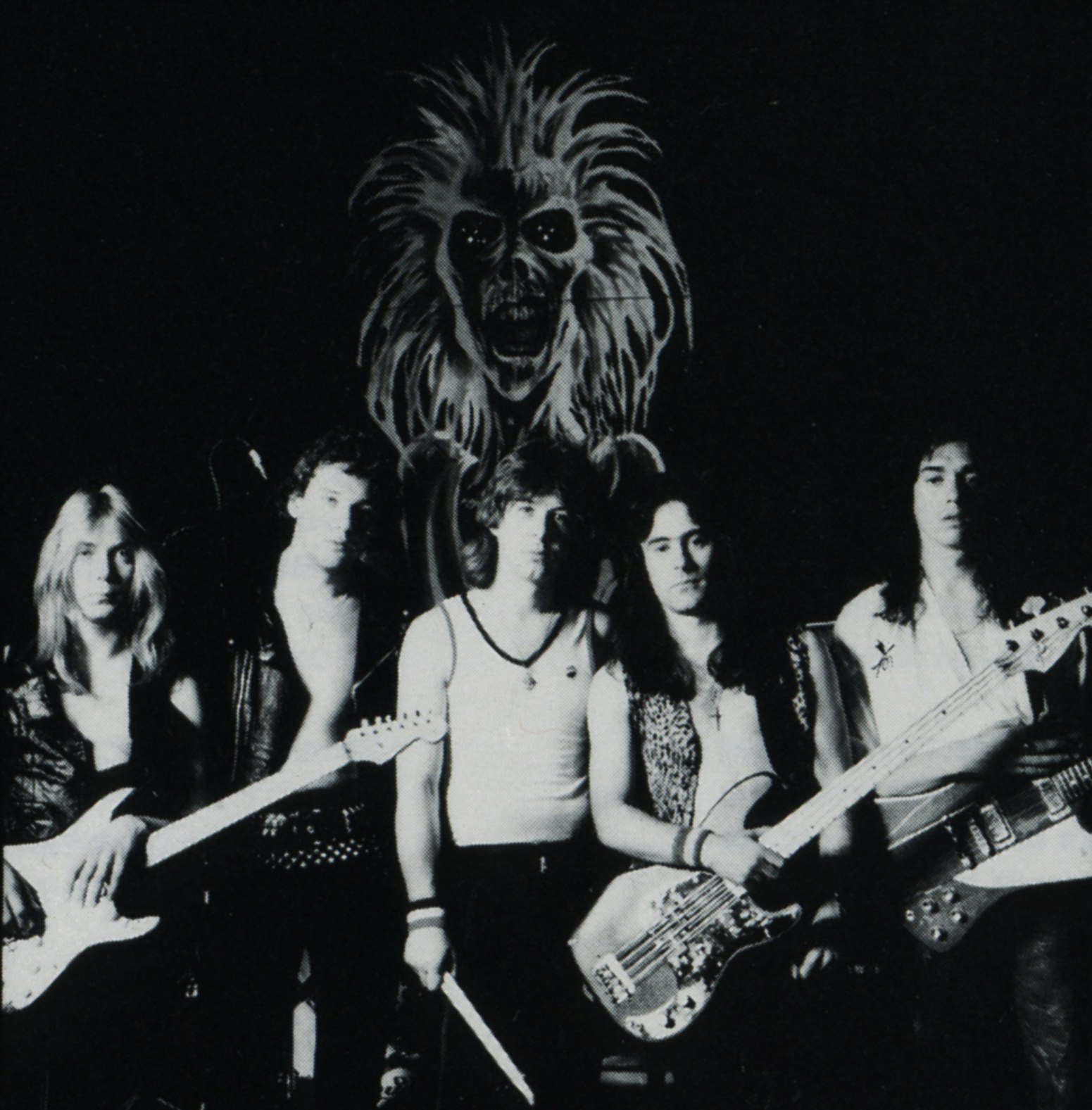141
Iron Maiden

Iron Maiden
Iron Maiden may have surfed in on the "new wave of British heavy metal"- the early-'80s movement that inspired Metallica and laid the foundations for death metal and thrash- bur the band never made any claims to rock & roll revisionism. Indeed, rather than spurn the excesses of '70s metal, Maiden's early output embraces them, and though Iron Maiden and Killers are full of hyperdriven blues riffs and wank-a-rific guitar solos, they're offered with such unabashed passion that even the bands most obvious moves somehow avoid sounding cliched. No wonder Maiden were the most influential English hard rockers of their generation.
After recording Killers, singer Paul Di'anno (whose work was hobbled by too much drinking) was replaced by former Samson vocalist Bruce Dickinson. Even though bassist and founder Steve Harris continued to write most of the band's material, Dinkinson's powerful, dramatic voice opened the door to a more song-oriented approach. Although The Number of the Beast would never be mistaken for Def Leppard, it moved the band closer to the mainstream through cunningly tuneful numbers like "The Prisoner" and, especially, "Run to the Hills." (The album's references to the Antichrist also earned the band an undeserved reputation as Satanists.) Both Piece of Mind and Powerslave proceed in kind, albeit with diminished melodic interest, and Live After Death is a lengthy but predictable concert document.
With Somewhere in Time, the band begins to vary its sonic palette, augmenting its galloping bass lines and wide-vibrato vocals with occasional quiet bits, apparently in an attempt to make the songs more dramatic (note the slow, Bolero-like buildup given to "Alexander the Great"). Seventh Son of a Seventh Son goes even further, adding synth sequences, acoustic guitars, even- gasp!- a ballad of sorts ("Infinite Dreams"), while fleshing out the vocal line with unexpectedly pop-freindly harmonies on "Can I Play With Madness." More of the same can be found on the intricately arranged No Prayer for the Dying, which includes the unnervingly catchy "Bring Your Daughter... to the Slaughter."
Fear of the Dark wastes much of its energy trying to maintain Maiden's aura of spook-house menace, although "From Here to Eternity" does at least deliver a solid chorus.
Iron Maiden's popularity crested at this point, and the band (understandably) tried to make the most of it by releasing a passel of live albums. The spotty, lackluster A Real Live Dead One was originally released as two separate discs; thanks to repackaging there's now only one title to avoid. Live at Donington is marginally better, with a more hit-intensive set list and genuinely fiery playing (even though Dickinson could no longer hit the high notes in "Run to the Hills"). My personal favorite live album of theirs is En Vivo!
Dickinson split for a solo career after that tour, and was replaced by Blaze Bayley for the sci-fi blather of The X Factor. Bayley's brief tenure is given unmerited emphasis on the otherwise solid retrospective Best of the Beast, but the real compilation you want to own is The Essential Iron Maiden. After Virtual XI- an album that would have been forgettable were it not for the right-wing anthem "The Clansman"- he was given the boot, and Dickinson was brought back into the fold for Brave New World. It seems unlikely that this "classic" Maiden will ever regain its late-'80s glory- although the band did an excellent job reissuing their catalogue- but the solidly entertaining Rock in Rio indicates the band has quite a future on the nostalgia circuit.
Either way, there's no band who has been doing it as long and stayed as consistent as they heavy rockers. You gotta' respect that, that's all I'm sayin'.
It's...
Iron Maiden
Comments
Post a Comment